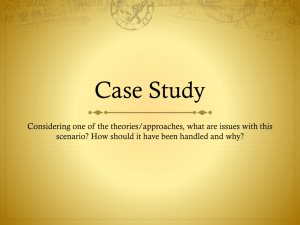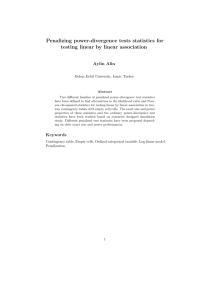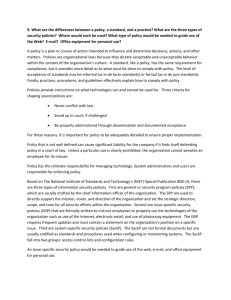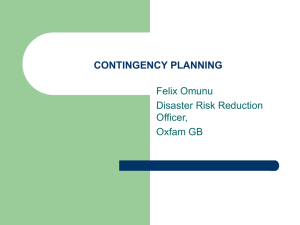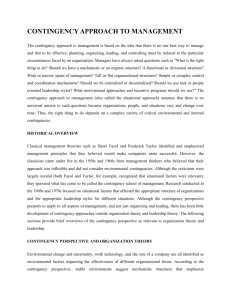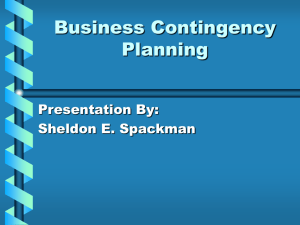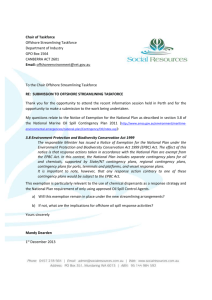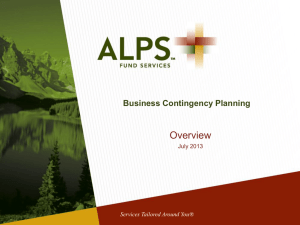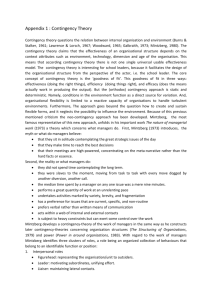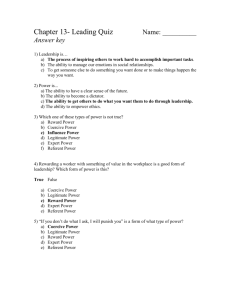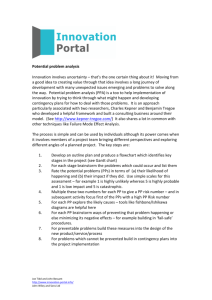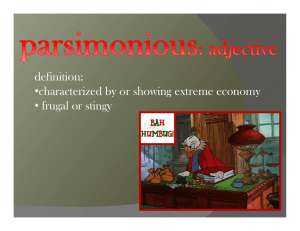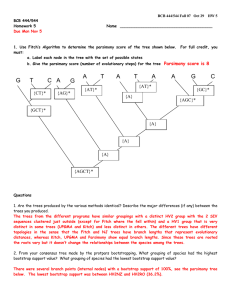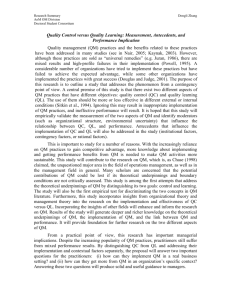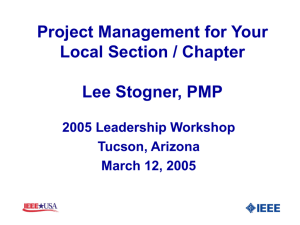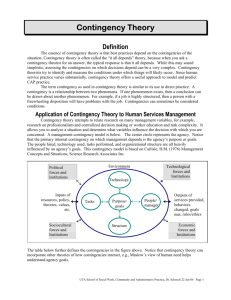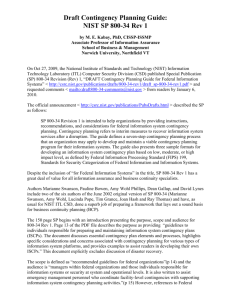Structural Contingency Perspective
advertisement
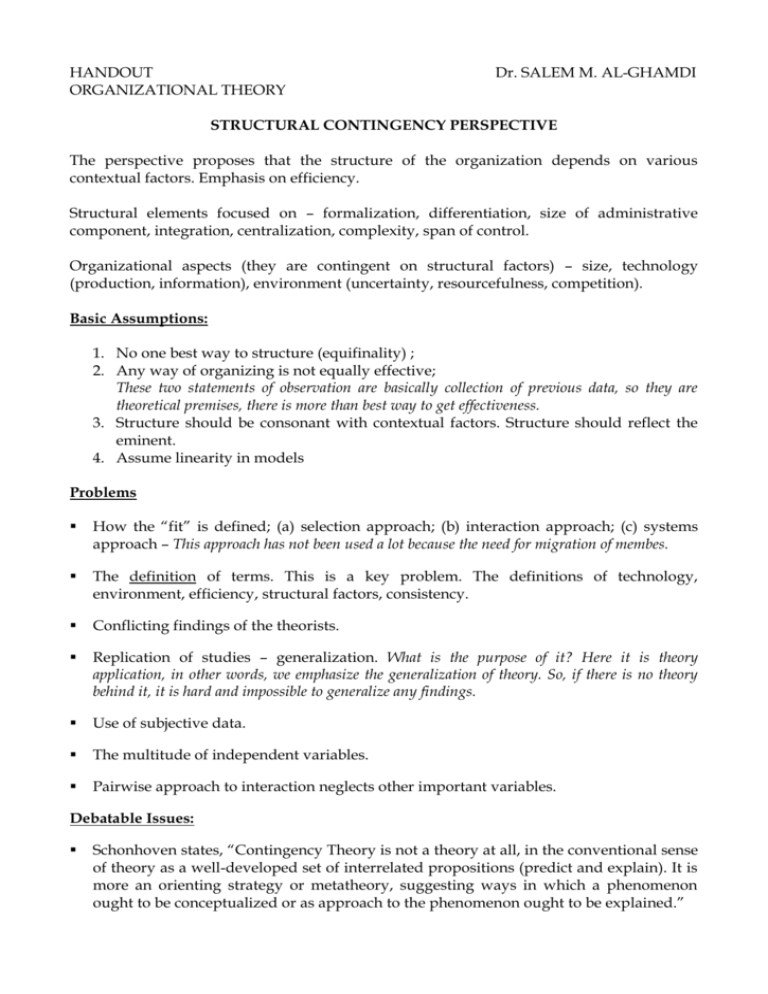
HANDOUT ORGANIZATIONAL THEORY Dr. SALEM M. AL-GHAMDI STRUCTURAL CONTINGENCY PERSPECTIVE The perspective proposes that the structure of the organization depends on various contextual factors. Emphasis on efficiency. Structural elements focused on – formalization, differentiation, size of administrative component, integration, centralization, complexity, span of control. Organizational aspects (they are contingent on structural factors) – size, technology (production, information), environment (uncertainty, resourcefulness, competition). Basic Assumptions: 1. No one best way to structure (equifinality) ; 2. Any way of organizing is not equally effective; These two statements of observation are basically collection of previous data, so they are theoretical premises, there is more than best way to get effectiveness. 3. Structure should be consonant with contextual factors. Structure should reflect the eminent. 4. Assume linearity in models Problems How the “fit” is defined; (a) selection approach; (b) interaction approach; (c) systems approach – This approach has not been used a lot because the need for migration of membes. The definition of terms. This is a key problem. The definitions of technology, environment, efficiency, structural factors, consistency. Conflicting findings of the theorists. Replication of studies – generalization. What is the purpose of it? Here it is theory application, in other words, we emphasize the generalization of theory. So, if there is no theory behind it, it is hard and impossible to generalize any findings. Use of subjective data. The multitude of independent variables. Pairwise approach to interaction neglects other important variables. Debatable Issues: Schonhoven states, “Contingency Theory is not a theory at all, in the conventional sense of theory as a well-developed set of interrelated propositions (predict and explain). It is more an orienting strategy or metatheory, suggesting ways in which a phenomenon ought to be conceptualized or as approach to the phenomenon ought to be explained.” Is the theory really an individual organization specific theory? This could explain why there is trouble generalizing and replicating the study. How can definitions be made more precise? Is consonance theory really applicable? Is there a future for Contingency Theory? No bright future, if you continue on contingency perspective to extreme on your research, you will move from parsimony and generality toward accuracy and parsimony. Usually practitioners like to have a parsimony and accuracy theory.
